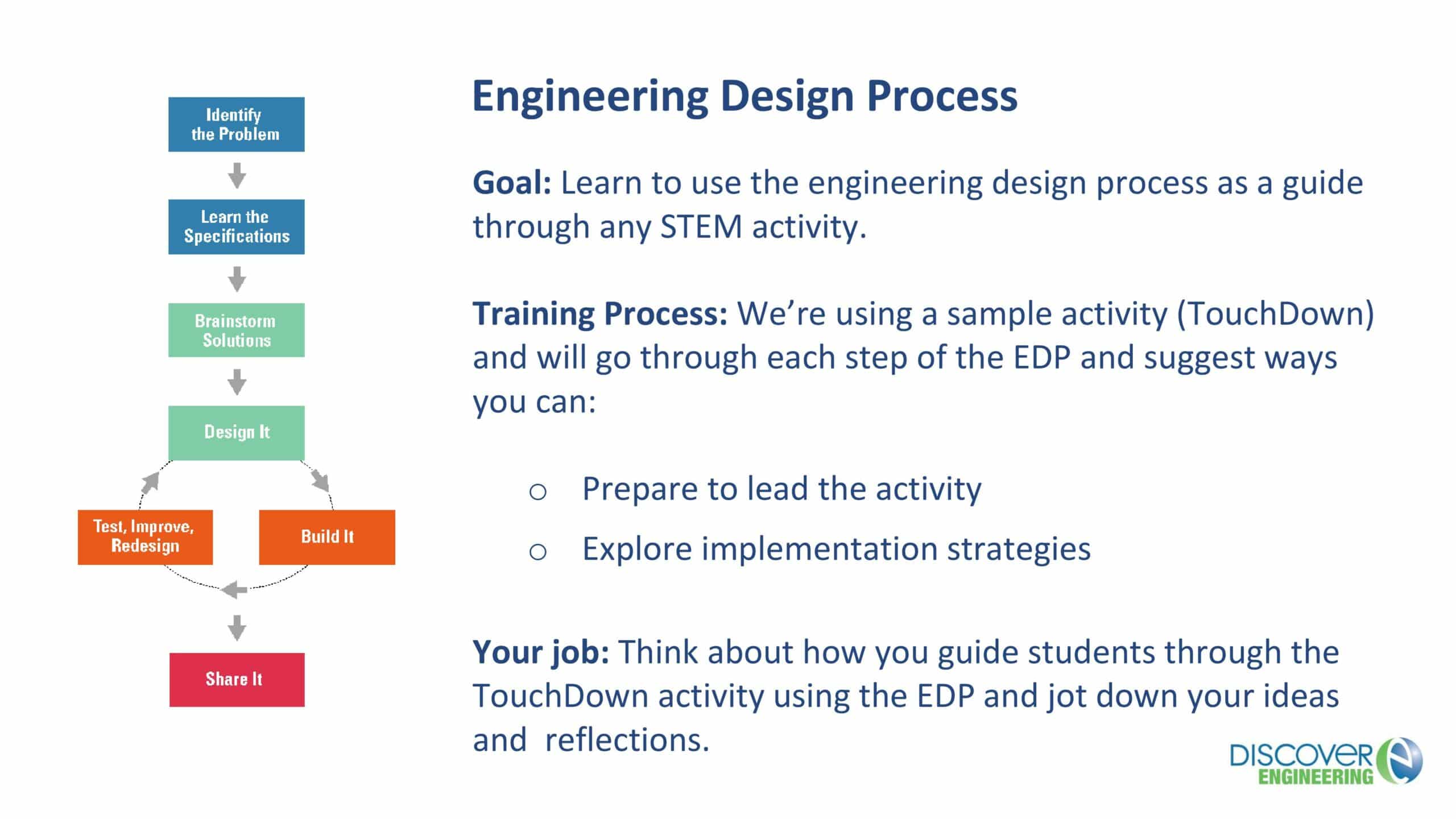Table Of Content

” authored by my colleague Barbara Neuhierl, as she delves deeper into how simulation solutions like Simcenter STAR-CCM+ empower small and medium businesses operating in the process industry to drive decarbonization. Creating a prototype has many advantages, but most importantly, it simulates the real future product. If you’re creating a prototype to show a client or customer, this stage will help you determine if there are any changes that need to be made before allocating the resources needed for implementation. It also gives your team the opportunity to test the design’s correctness and check for errors before putting it into production. The prototype should be designed with cost-effectiveness in mind and can be made from different materials than the final product. It's also common to leave finishing touches off early prototypes so that you can concentrate on the overall concept.
Consider Alternative Solutions
So, it’s a continuous ride on the innovation roller coaster where great ideas meet some serious trial-and-error in the quest for the perfect solution. The engineering design process is critical to ensuring that project resources and services are optimized for efficiency and effectiveness. By following a systematic and iterative approach to design, engineers can identify potential issues early on and address them before they become significant problems. When product designers use the engineering design process, they apply engineering experience, industry knowledge, and technology to design and build solutions for specific problems.
Login or Create Account
Prototypes and models undergo rigorous testing to ensure they meet all criteria and function as intended. Evaluation is based on performance, safety, and compliance with regulations. Use your design proposal to make a prototype that will allow you to test how the final product will perform. Prototypes are often made from different materials than the final version and are generally finished to a lesser standard.
Each TeachEngineering lesson or activity is correlated to one or more K-12 science,
Students learn about the process of reverse engineering and how this technique is used to improve upon technology. Students analyze push-toys and draw diagrams of the predicted mechanisms inside the toys. Then, they disassemble the toys and draw the actual inner mechanisms. Students learn about providing healthcare in a global setting and the importance of wearing protective equipment when treating patients with infectious diseases like Ebola.
Recommended if you're interested in Electrical Engineering
Students study a sample of aloe vera gel (the oobleck) in lab groups. After analyzing the substance, they use the engineering design process to develop and test other substances to ma... The design of the manufacturing process for a composite countersink is considered. Attention focuses on the machining of a countersink used in creating stepped holes of diameter 18N9(+0.043) and 22N9(+0.043) mm. Research on the development of manufacturing processes for cutting tools is reviewed. The cutter is made of T15K6 hard alloy (State Standard GOST 3882–74).
Develop a prototype
Product DesignProduct design is the general process of creation of new products and services. Engineers must understand what needs to be solved and why it is important. The success of a project often hinges on how well this stage is conducted. This can be in the form of a report, presentation, display board, or a combination of methods. Thorough documentation allows your finished product to be manufactured to the required quality standards. Testing and evaluation allows you to see where any improvements are needed.

Such capabilities provide SMBs with a competitive edge, fostering innovation and driving business growth. An engineering design process is a structured approach to solving problems and creating solutions. This process involves several steps that are typically followed in sequence. However, the process is often iterative and may require revisiting earlier stages as new information becomes available or problems are identified. The engineering design process was developed to create products that meet the needs of a target audience. By taking a structured approach to design that follows a defined path from problem to solution, engineers can research multiple ideas to determine which solution is most viable.
U-Design College of Engineering - Boston University
U-Design College of Engineering.
Posted: Tue, 08 Nov 2022 02:29:28 GMT [source]
This involves building a prototype and testing it to ensure that it meets the requirements of the project. The prototype should be refined until it meets all the requirements. The first step in the engineering design process is to define the problem.
This collaborative effort ensures that the end product aligns with user needs and operates effectively within its intended environment. It involves tools and ways of thinking that people can use in almost any situation. Each part of the process reveals information about the problem and possible solutions.

However, attrition and talent loss pose significant risks for such teams, potentially derailing the product development process and delaying time-to-revenue. Moreover, a reliance on trial and error has been prevalent in this approach. Teams typically design, build, and test products, iterating designs through trial and error until meeting target specifications. Unfortunately, simulation tools and technologies are rarely utilized in such scenarios, resulting in sluggish, error-prone processes unsuitable for businesses aiming to develop and launch products regularly. Students are introduced to the concept and steps of the engineering design process and taught how to apply it. In small groups, students learn of their design challenge (improve a cast for a broken arm), brainstorm solutions, are given materials and create prototypes.
Not all engineers think or work the same way, even if they’re in the same field. It’s all about where they studied, how they were trained, and their unique experiences. To conclude, conduct the post-activity assessment described in the Assessment section to help students relate the project to some aspect of their own lives. This role-reversal exercise asks students to imagine they are members of the target population and develop three questions that they would ask the project engineers. For example, a design challenge might ask students to build a pair of recyclable tennis shoes for less than $20. The requirement that the tennis shoes be recyclable and cost less than $20 will likely constrain the design to inexpensive materials that students can find in recycling bins.
Students practice human-centered design by imagining, designing and prototyping a product to improve classroom accessibility for the visually impaired. Student teams follow the steps of the engineering design process to formulate their ideas, draw them by hand and using free, online Tinkercad softwa... Students further their understanding of the engineering design process while combining mechanical engineering and bio-engineering to create assistive devices.
For example, you may be required by your parents to receive good grades. At the same time, you may be constrained by other activities such as work, sports, sleep, spending time with friends, and so on. Although worthwhile, these time constraints may impinge on the amount of time you have to study.













